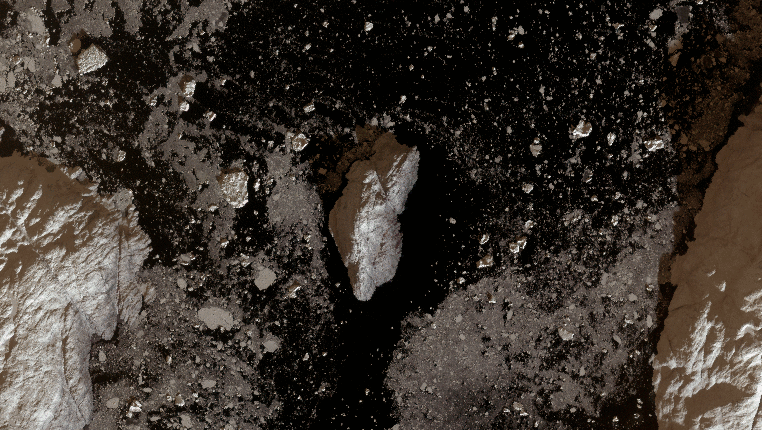Observing phenomena occurring in remote locations at high latitudes is not an easy task. Apart from the scarcity of in-situ measurements available in locations such as Greenland, satellite observations with optical sensors are often hindered by the presence of clouds and lack of sunlight during wintertime. That is why scientists look at ways to combine available information from multiple sensors.
Bas Altena of the University of Oslo and one of the ESA Living Planet Fellows is seeking to advance our understanding on surface and sub-surface circulation in ice-covered fjords, in his scientific project ICEFLOW.
His research is aiming to reach consistent large scale coherent glacier velocity time series and gain new insights into ice-berg drift and fjord-ice interaction. To achieve these goals, access to frequent observations is essential. A beautiful animation of a fjord circulation was published in an interview Bas recently gave for Landsat Science.
You can read more on how he leverages frequent Sentinel-2 imagery jointly with Landsat8 and Planet Doves to observe these complex flows on the ICEFLOW project page.
Featured image : The complicated flow of fjord ice and icebergs is visible in this animation focused on a Greenland, ~10 km wide, fjord. This features a collection of Landsat 8, Sentinel-2 and Planet Dove acquisitions. Credit: Bas Altena

